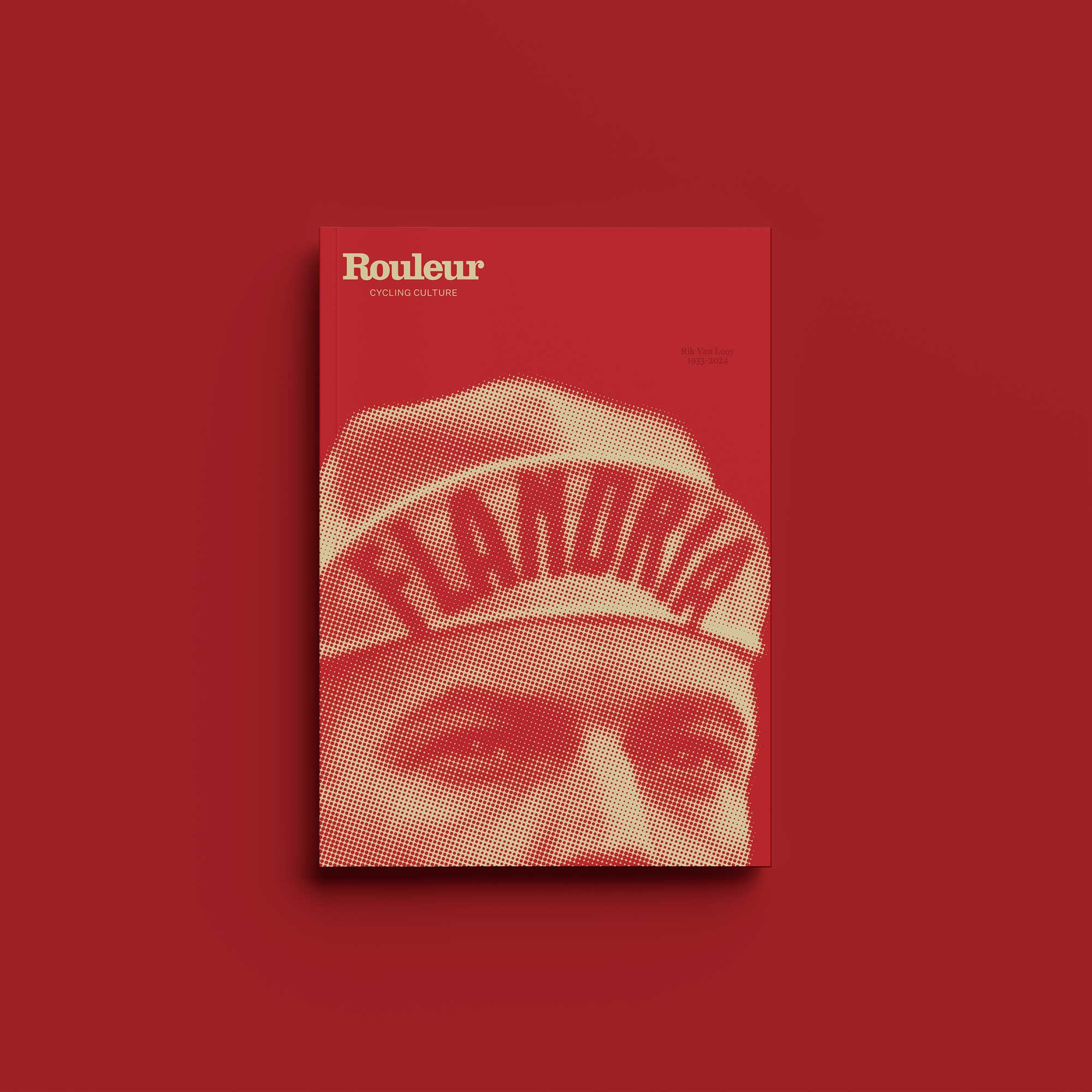Dual diagonal lines slope across the road. A strong wind blows from the side, maybe a little from the rear. The front line of riders edge towards the windward side of the road. Once they reach the front, riders slip into the second line that retreats back towards the leeward verge.
Remaining in this efficient, collaborative rotation is critical, because should you slip into the tail of the echelon, you’re in the wind. You’re in the gutter. You can’t go any further over.
And this is where the gaps open. This is how the damage is done.
Armchair fans love it when a peloton ribbons into echelons. So too does a certain breed of rider. “Who doesn’t?” asks Lotto-Soudal’s Adam Blythe. The answer is flimsy nerve-ends and lightweight climbers. And anyone else who finds themselves caught at the wrong end of proceedings. But in the sadistic world of professional cycling, empathy is not a default setting.
Related – UAE Tour 2021 Debrief
Blythe loves racing in crosswinds because, for all the suffering they demand, echelons are “not just [about] racing on numbers; you’ve got to use your head a little bit.”
Fans love them because they bring drama to terrain in which the script is otherwise predictable. They happen suddenly and chaotically and come with an evocative language of military battle formations and knife fights.
Whenever an echelon forms in the Tour de France these days, the organisers quickly pull together a snatch of video and bandy it about on social media. ‘Hey! Look! Turn on your TV,’ is the implicit message. ‘This flat, boring sprinters’ stage just got serious.’
Often these splits will come to nothing. Maybe it’s too early or the conditions aren’t quite right for the divisions to be sustained. But on other occasions the script is flipped: a key sprinter is being eliminated from the final gallop; a GC star has been caught with his pants down; Chris Froome, Geraint Thomas and Peter Sagan have just ridden off the front of the bunch to contest the finish. Wasn’t this supposed to be a transition day?
By definition, an echelon in cycle racing is just a diagonal line of riders. “The best echelons are only at the very top of the sport, in the perfect conditions, on the biggest day,” says David Millar.
At the microscopic level, a full-on race echelon is a factory of lactic acid. Anyone who’s ever been in one stresses the importance of going all out, whatever it takes, to get in the front one when they break. “It’s such a raw moment,” says Millar.
Zoom out through a telephoto lens though, and echelons are an aesthetic delight. Writing in Full Gas – How to win a bike race: tactics from inside the peloton, journalist Peter Cossins describes their “chain-like appearance” from above as mesmerising.
An echelon is poetry in motion, a magnificent animation of flow dynamics. When a bunch splits into these formations, it creates sublime patterns on the neat geometrics of the echelon’s native landscape. Yet echelons are no naturally occurring wonder. For all that echelons are celebrated, they are as frequently misunderstood and misrepresented.
Echelons are a product of strong, acute crosswinds – either side-on or cross-tail — but they are not just blown into shape like dunes in a desert. Formation of an echelon is very deliberate, highly organised and produced with malicious motive.
“The beauty and brutality of an echelon,” notes Cossins, “is that it can only comprise a finite number of riders. Once the echelon fills the road from kerb to kerb, the riders outside the chain are forced to drop back…”
What’s more, a well-represented team can make an echelon all the more exclusive by pushing the front of it towards the middle of the road. When Columbia first forced that 2009 move, they placed the tip of the echelon not in the windward left gutter but just five riders wide of the leeside righthand kerb. Just enough to accommodate the rotation of their nine riders, they had virtually reduced a two-lane carriageway to the size of a cycle path.
Quite appallingly, echelons bring the racing into what is usually the sanctuary of the bunch – attacking it from within. A manipulation of formation that ultimately lines out the pack in the gutter, the aim is to stress it, to string it, to rip it to shreds. The goal is not so often to actively gain a winning advantage, but more to eliminate, humiliate and disadvantage others. All this in the ostensibly benign conditions of flat terrain and, maybe, a partial tailwind.
To make an echelon, to sustain a split or survive this type of racing, collaboration with others in the formation is key.
“It’s one of those rare moments in a bike race,” says Millar. “A proper echelon in full flight: everybody’s in the same team, it doesn’t matter what jersey they’re in. If someone starts fucking about, that’s going to compromise that ‘whole team’ effort.
“All of a sudden status disappears too,” he adds. “It doesn’t matter if you’re the yellow jersey, the protected sprinter, you’re all in there together on this kind of horrific team time trial.”
Read: Adam Blythe’s best and worst cycling kits
For all the talk of cross-team collaboration in an echelon, the actual instigation of a crosswind bust-up is usually the result of a profound, well timed powerful effort by one single team, confident and well-versed in these tactics. Incarnations of Quick Step, Rabobank, Columbia, Sky and Saxo Bank are frequently cited as masters past and present.
“Whenever possible, if you have a crosswind, you need to take action,” says Bjarne Riis, the long-time director of the Saxo set-up. “You can’t just sit there and wait and be passive.”
In best case scenarios, a crosswind attack will catch rivals off guard and end up forcing a split with other riders and teams that have an interest in collaborating. Sometimes, one team’s road captain will tip off another if they think a useful alliance can be formed.
Whether instigating or responding, Riis believes in having as many riders to hand as possible. “It’s about training your team to be ready,” he says. “[Back] in the day at CSC, we worked at training camp on how to do that.”
As well as practising echelon formation, Riis would lead a drill where every member of the squad would be assigned to one of three units.
“We’d have all 25 or 30 riders, riding two by two,” he recalls. “When I said go, they all had to find one another as quickly as possible. That’s how it is when there’s crosswinds.”
In a way, an echelon is the closest thing professional cycling has to a football set piece. There’s structure and formation to it, a necessary set of conditions. Although best launched as a surprise, in this day and age of every team carrying out comprehensive course reconnaissance, real-time weather monitoring and earpieces, you might see it coming from a mile off.
Naturally you’ll prepare your defence as best as possible but that’s no guarantee that it won’t prove utterly devastating. Un coup de bordure, they call these moves. A stab in the gutter.































